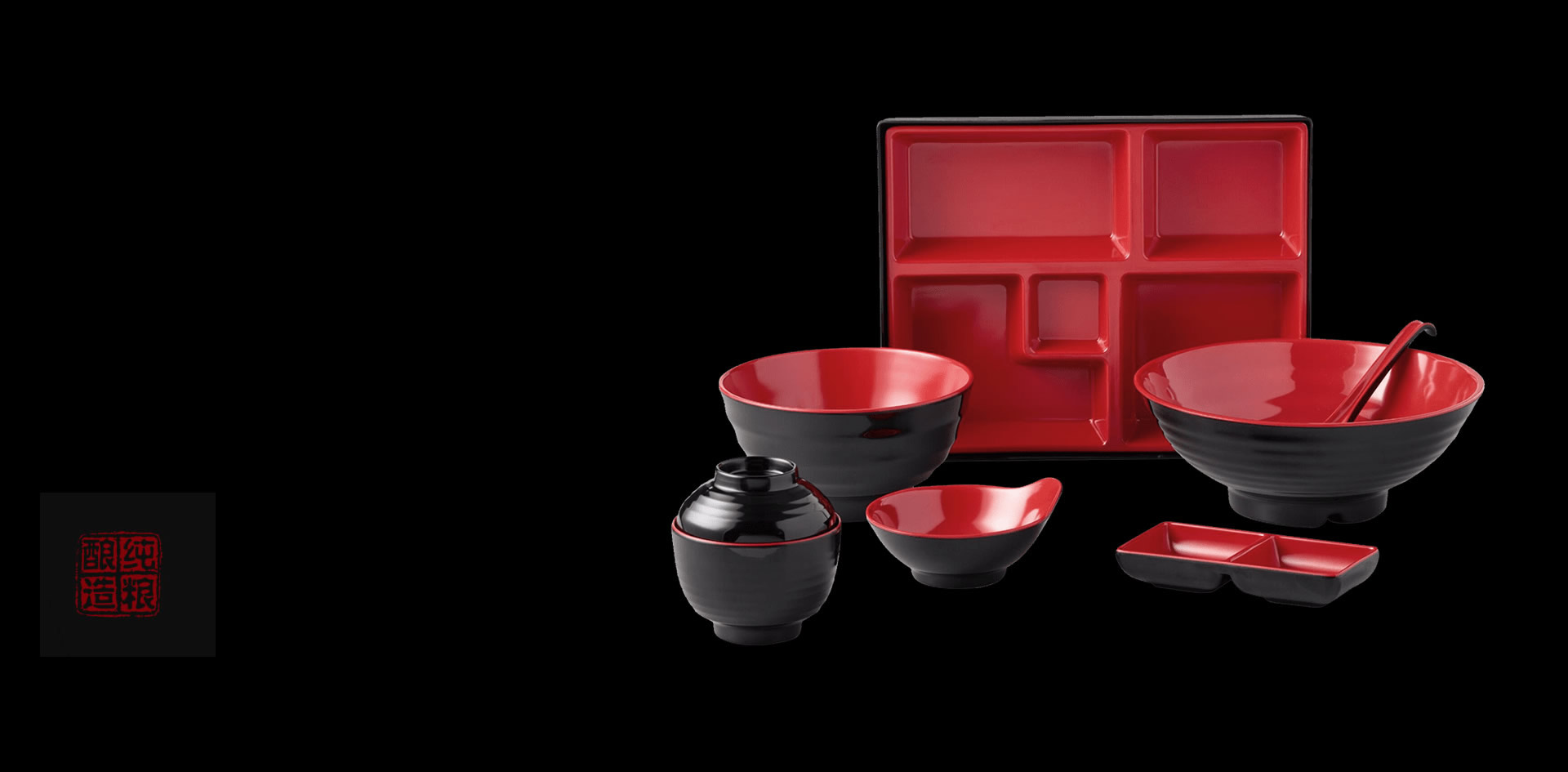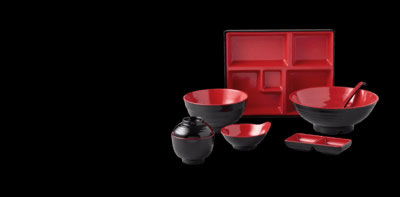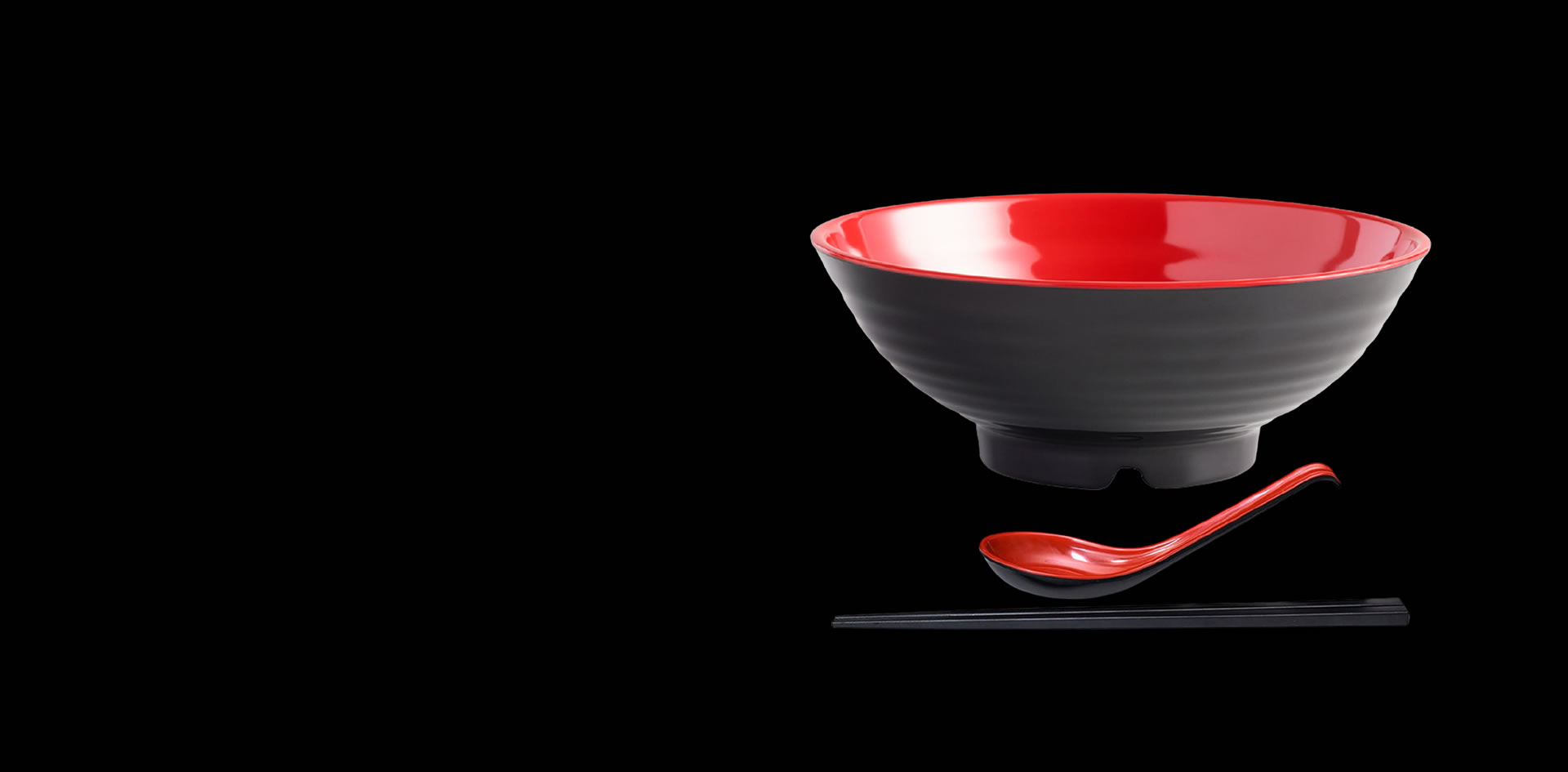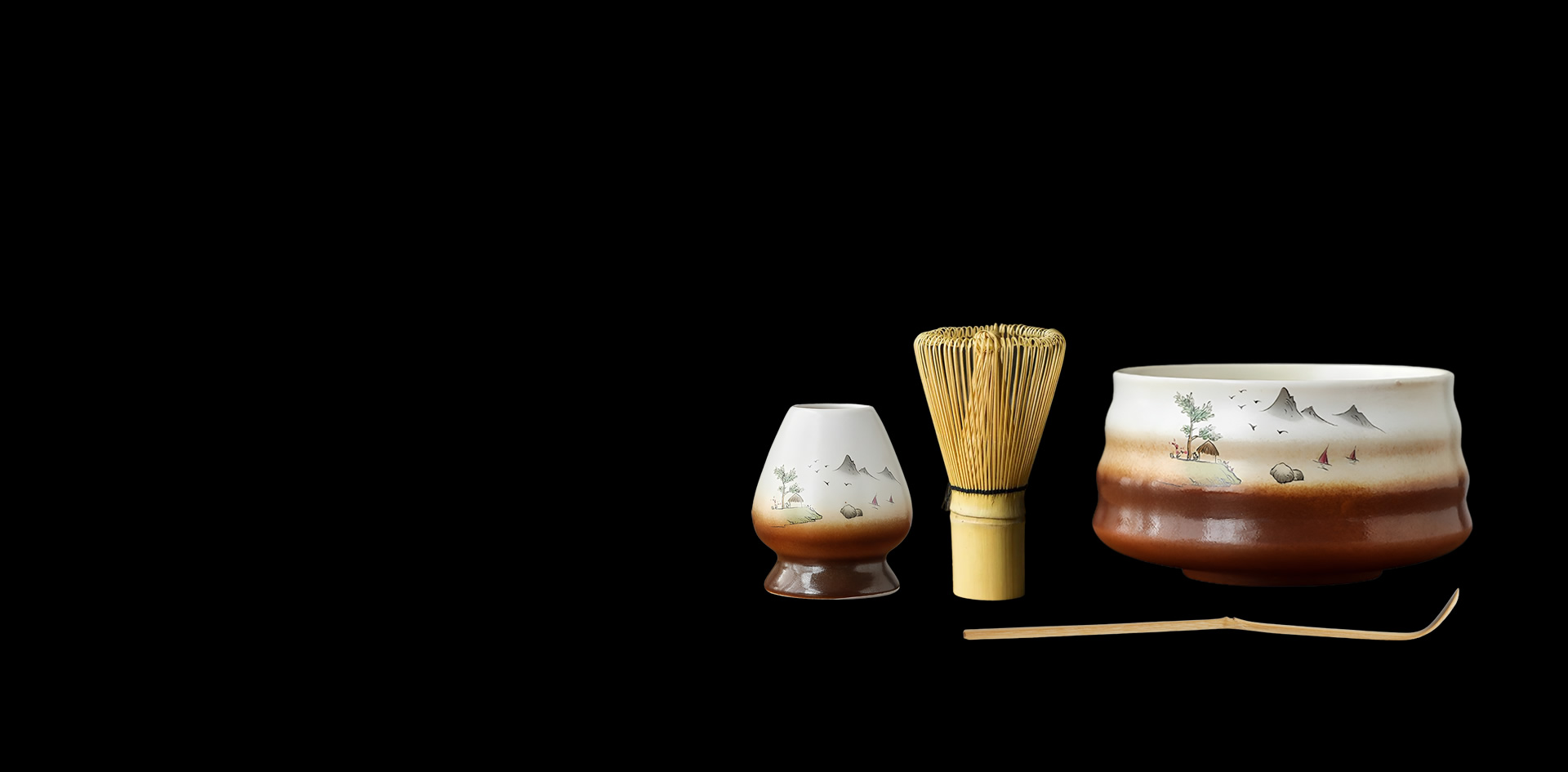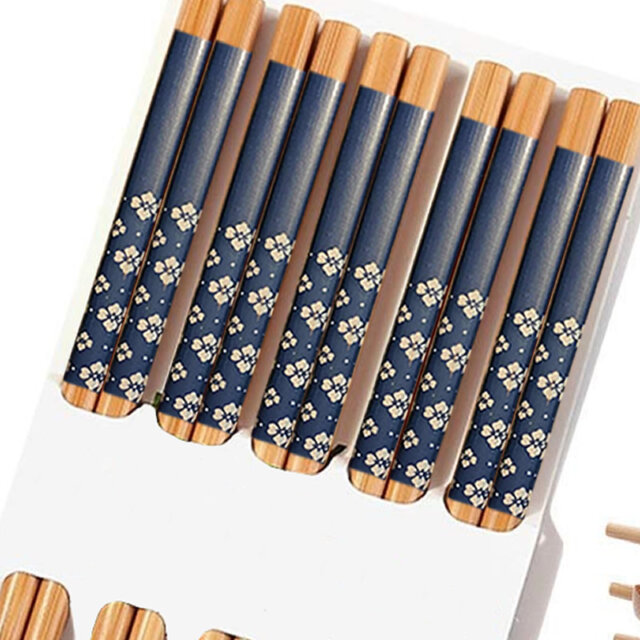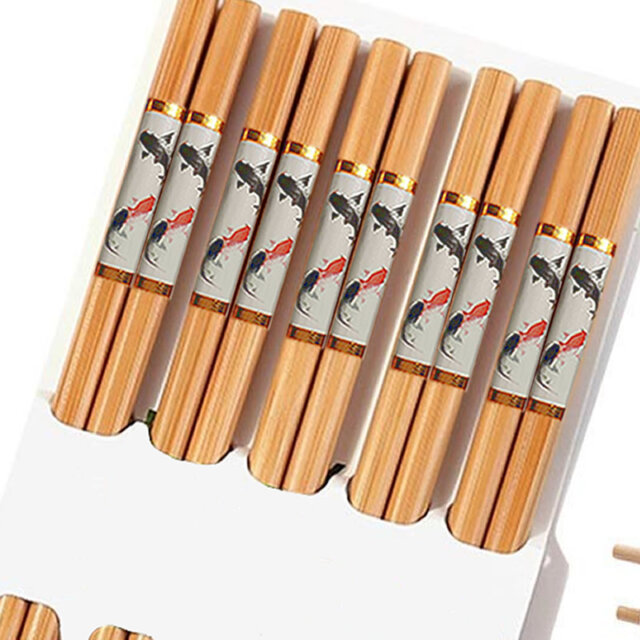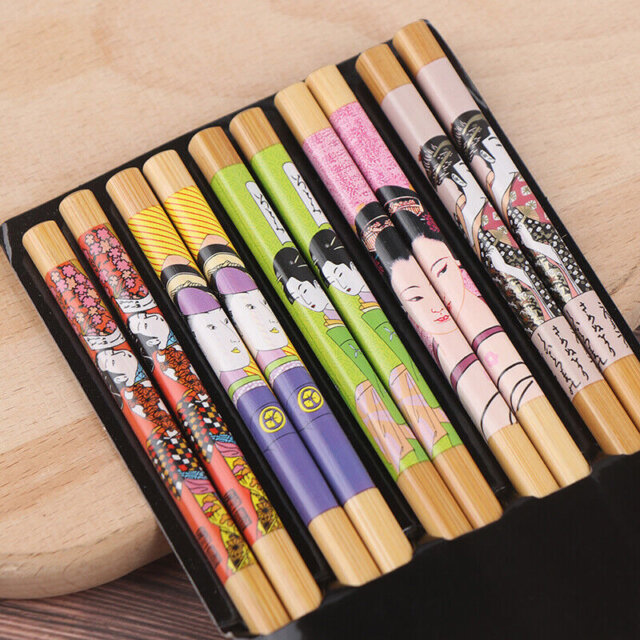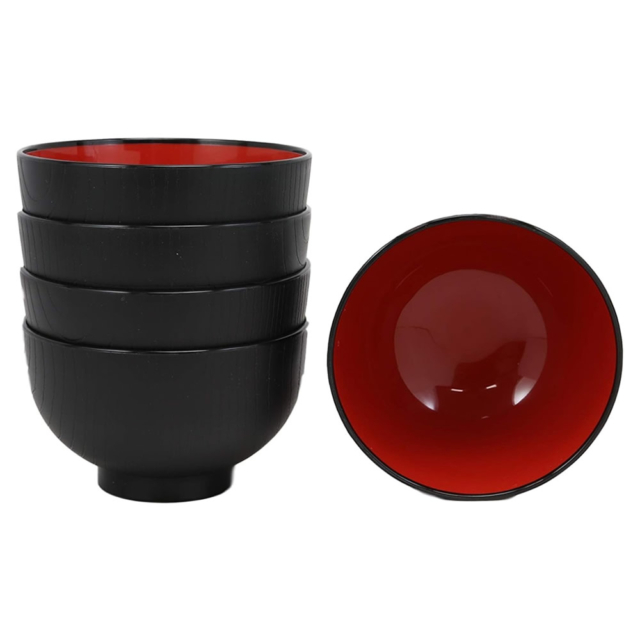SALE ON NOW, FREE DELIVERY AUSTRALIA-WIDE, ORDERS OVER $150
Discover Australia’s largest selection of traditional bento boxes including ramen bowls, elegant sushi trays, sake sets, matcha tea sets and more.
Our products capture the essence of Japanese culture and we bring you a unique collection at affordable prices.
LATEST KATACHIWARE PRODUCTS
For an authentic Asian cuisine dining experience, view our recently added products. Including bento boxes, trays, soup bowls,
side dishes, natural wood chopsticks, ramen noodle bowls, placemats and an extensive range of accessories.
Cast Iron Sizzle Tray Clamp
$8.80 inc. GSTWooden Takumi Sushi Oke & Tray Set
Original price was: $119.95.$104.80Current price is: $104.80. inc. GST3 Compartment Long Bento Box (Red & Black)
$29.80 inc. GSTPink Sakura & Snowflake Chopstick Rest
$3.80 inc. GSTBamboo Placemat Set (4 Pack) Natural Brown
$14.80 inc. GSTShuu Senshai Maru Soup Bowl
$14.80 inc. GSTSakura Lucky Cat Rice Bowl Set
$12.80 inc. GST- LIMITED TIME, ONLY 5 LEFT
Japanese Geiko Geisha Sake Set (5 Piece)
Original price was: $52.80.$42.80Current price is: $42.80. inc. GST Kawaī Duck Chopstick Rest
$3.80 inc. GSTLucky Maneki Neko Charm Cutlery Bag
Original price was: $7.65.$4.80Current price is: $4.80. inc. GSTDurable Sandalwood Chopsticks (10 Pack)
$14.80 inc. GSTHand Painted Hinanohana Matcha Set
$64.80 inc. GSTLarge Ramen Set & Wood Utensils
Original price was: $32.95.$28.80Current price is: $28.80. inc. GSTShirochoko Matcha Tea Ceremony Set
$82.80 inc. GSTAkebono Tobidase Sushi Maker
$28.80 inc. GSTLarge Tentsuki Tokoroten Press
Original price was: $49.95.$39.80Current price is: $39.80. inc. GSTPine Sushi Boat Tray & Mast 40cm
$91.80 inc. GSTJapanese Festivals Bamboo Chopsticks (5 Pairs)
Original price was: $9.95.$7.80Current price is: $7.80. inc. GSTKisetsu Earthenware Donabe Pot (2.8L)
Original price was: $69.95.$59.80Current price is: $59.80. inc. GSTKuro Take Matcha Tea Set
$29.80 inc. GSTKikkou Lacquered Wood Grain Bowl
$6.80 inc. GST- LIMITED STOCK!
Black PPS Alloy Chopsticks (5 Pairs)
$12.80 inc. GST
SALE ITEMS ENDING THIS WEEK
These items are on sale until the end of this weekend, or until they’re sold out. We have a limited stock, so if you’re interested,
it’s best to act quickly before the sale ends or the items are gone.
Red & Black Long Handle Ramen Spoons
Original price was: $4.95.$4.20Current price is: $4.20. inc. GST- SALE, THIS WEEK ONLY!
220mm Round Cast Iron Sizzle Plate & Wood Base
$27.80 inc. GST Ribbed Melamine Makizushi Tray
Original price was: $9.95.$7.80Current price is: $7.80. inc. GST- 5 PAIRS
Traditional Bamboo Chopsticks & Japanese Koi Fish Print
Original price was: $6.95.$4.80Current price is: $4.80. inc. GST Geometric Yellow Lunch Box Bag & Drawstring
Original price was: $18.95.$12.80Current price is: $12.80. inc. GST- LIMITED STOCK
Traditional Bamboo Chopsticks & Japanese Floral Print
Original price was: $6.95.$4.80Current price is: $4.80. inc. GST - BEST SELLER!
5 Piece Rice/Soup Bowl Set (Woodgrain Pattern)
Original price was: $29.95.$14.80Current price is: $14.80. inc. GST - SALE THIS WEEK ONLY!
200mm Round Cast Iron Sizzle Plate & Wood Base
$24.80 inc. GST Extra Large Japanese Ramen Noodle Bowl Set
Original price was: $21.95.$17.80Current price is: $17.80. inc. GST6 Piece Bamboo Tea Utensils Set
Original price was: $19.95.$14.80Current price is: $14.80. inc. GST
LATEST KATACHIWARE POSTS
Katachiware blog dedicated to the latest news. Including traditional lunch boxes in Japan, book reviews, basics, history, easy Japanese recipes.
Ingredients, ideas, latest bento boxes, must-try restaurants, Japanese lunchbox history and much more.
KATACHIWARE COLLECTION
At Katachiware, we are widely known for specialising in traditional Japanese bento boxes and accessories. Our range captures the essence of Japanese bento, rooted in a rich history dating back to the Edo period. Bento, a cherished culinary tradition in Japan, emerged as a simple meal for travelers during the Kamakura period. However, it was during the Edo period that bento gained popularity and evolved into an art form.


